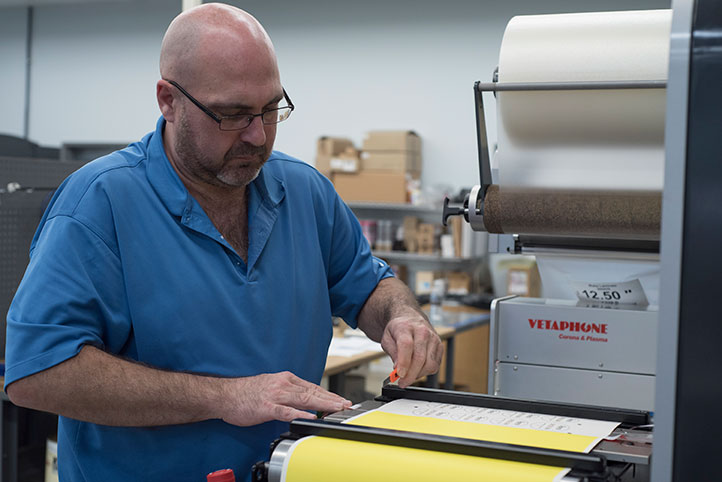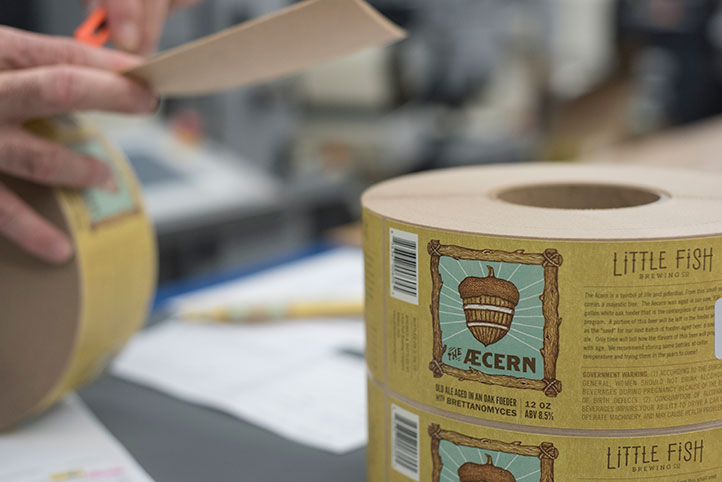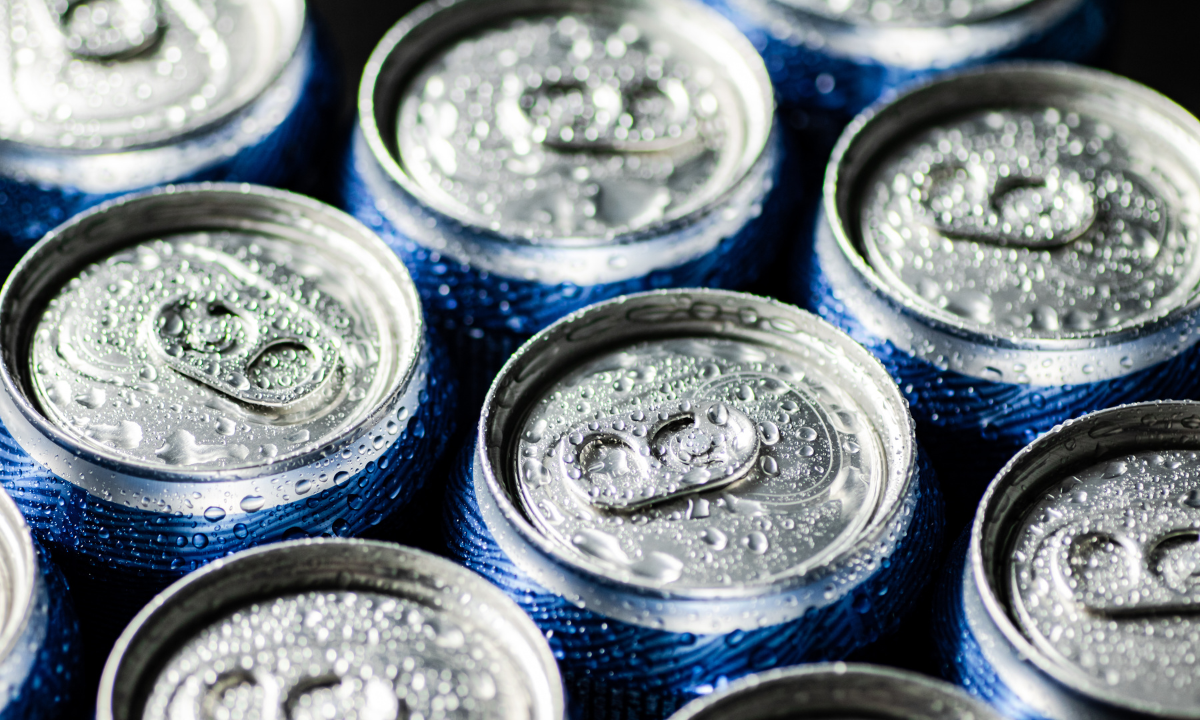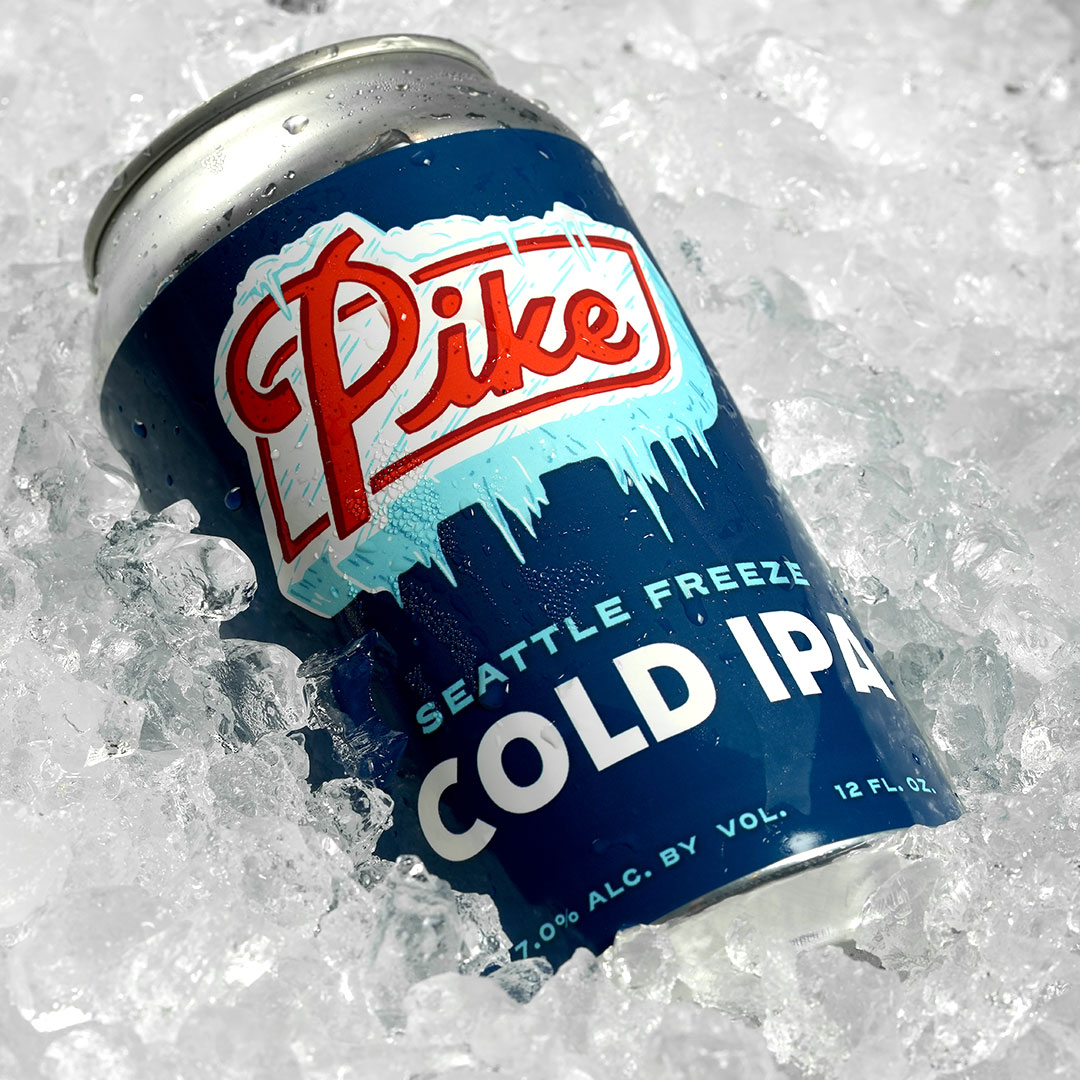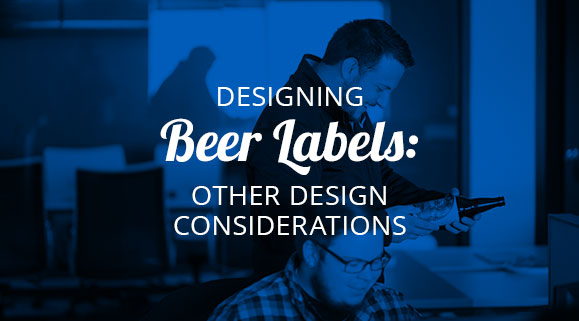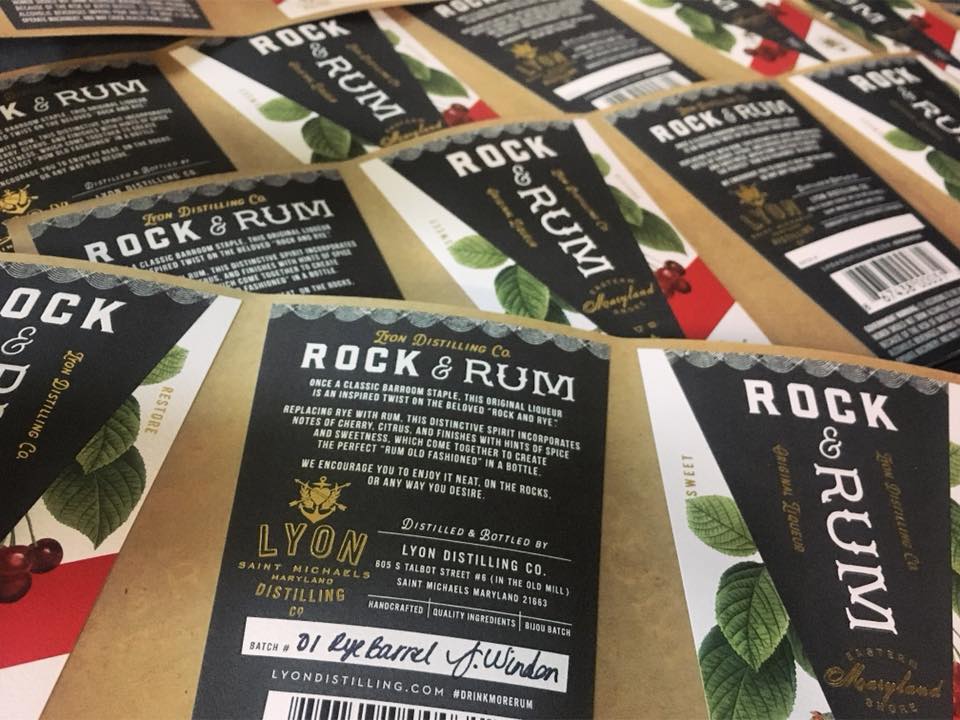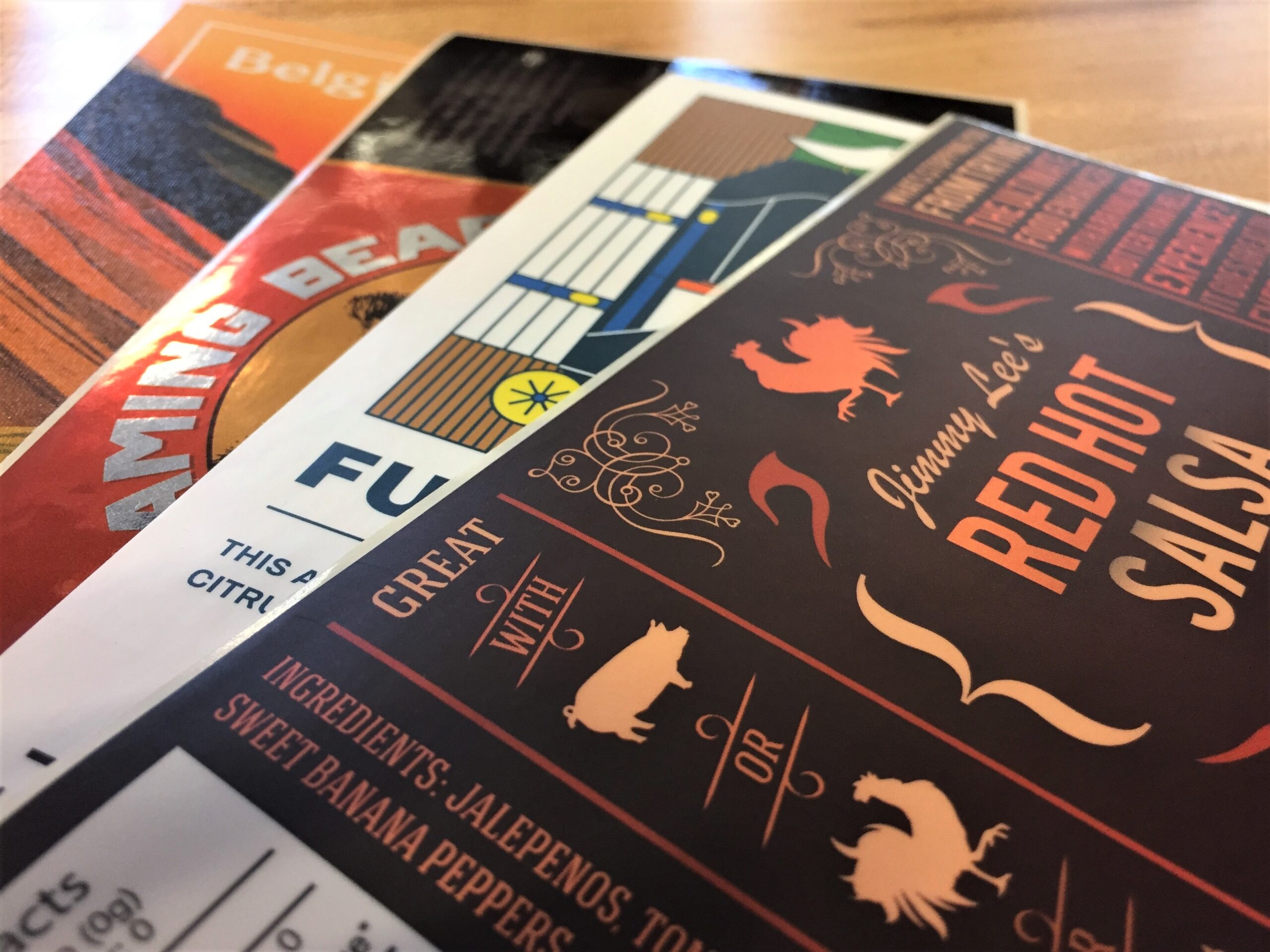Pressure Sensitive Label Adhesives: A Practical Guide
- adhesives
- application
- pressure sensitive labels
When you think about labels, you might immediately focus on the design on the front of your product. A striking label design is important, but it won’t do much good if the adhesive on the back can’t keep it on the container.
We’ve seen firsthand how the right adhesive can be the deciding factor between a label that lasts and one that fails under real-world conditions.
Understanding Pressure Sensitive Label Adhesives
Adhesives for pressure sensitive labels are applied to a material (like paper, polypropylene, or vinyl) so that when you press the label onto a surface, it sticks firmly.
But beyond just sticking, you need adhesives that meet the needs of your specific application, whether it’s handling extreme temperatures, protecting against UV exposure, or standing up to constant handling.
Adhesive Bases: Rubber vs. Acrylic
There are two main bases used to make label adhesives: rubber and acrylic.
Rubber Adhesives
Rubber labels offer excellent long-term adhesion and work great with plastic surfaces. That said, a rubber base can sometimes have a yellowish tint, which might not be ideal for see-through containers, and it isn’t as reliable in very hot or cold conditions or in areas with lots of sunlight.
Acrylic Adhesives
Acrylic labels offer a much wider temperature range and better resistance to UV light. They also deliver great long-term adhesion, though they aren’t ideal for plastic surfaces and tend to work best with other types of materials.
If your product needs to handle a broader range of temperatures or must stand up to strong UV exposure, acrylic adhesives could be your best bet. In fact, a 2023 article on Label & Narrow Web highlighted that acrylic adhesives are increasingly popular for premium packaging because of their superior aging resistance—improving UV stability by up to 18% over rubber adhesives.
Real-World Comparison
Here’s a quick way to think about it:
- Adhesion Strength: Rubber adhesives generally provide a stronger bond on plastics (we’re talking about the force needed to remove the label, usually measured in pounds per inch).
- Environmental Tolerance: Acrylic adhesives outperform in outdoor settings or places where temperatures fluctuate.
- Aesthetic Considerations: If having a clear, unobstructed look is important, acrylic might be the way to go, despite its limitations with plastics.
Coating Technologies and Production Integration
When it comes to applying adhesives to labels, there are three main methods, and understanding these can help you optimize your production process:
- Hot Melt Application: With hot melt, we heat the adhesive until it turns liquid, then apply it to the liner. This is a cost-effective method, especially in high-speed production lines.
- Emulsion Technology: For acrylic-based adhesives, emulsion technology is the go-to. Here, the adhesive is mixed with water until it forms a stable, even coating on the liner. Think of it like mixing ingredients until they form a smooth blend that covers every part of the surface. This method helps with clarity and uniformity.
- Solvent Coating Technology: Solvent coating works with both rubber and acrylic adhesives. It involves applying the adhesive as a solution in a solvent, which gives you high clarity and performance. Just keep in mind that this method can have a higher environmental impact. For example, solvent-based systems sometimes emit more VOCs and may need extra controls to meet EPA guidelines.
Permanent vs. Removable: Choosing the Right Option
One of the most important choices you’ll make is between permanent and removable adhesives.
- Permanent Labels: These are generally a more budget-friendly option that sticks for the long haul once applied. They’re perfect if you don’t plan on repositioning the label.
- Removable Labels: Removable labels are great if you might need to reposition them. For example, if the label is applied crookedly, or if you’re using a peel-away design for promotions. This flexibility can be really useful in dynamic production environments.
A Label Application Checklist
To make sure your labels perform at their best, here’s a quick checklist to reference:
- Pre-Application:
- Make sure surfaces are clean, dry, and free of any contaminants.
- Check that the ambient temperature is within the recommended range.
- Verify that your equipment is calibrated correctly for the adhesive you’re using.
- Troubleshooting Tips:
- If you see any adhesive residue, try adjusting your application temperature and double-check your surface preparation.
- For misapplications, consider switching to removable labels or tweaking your positioning process.
- Regular quality control checks can help catch issues early and keep your production line running smoothly.
Selecting the Right Partner for Your Label Needs
When it comes to label adhesives, you have plenty of options. But choosing the right partner can make all the difference. Look for a partner who really understands both the technical side and the production process of label manufacturing.
At Blue Label, we’re experts in professional labels from concept to production. Ready to learn more? Get in touch with us or request label samples to get started.
